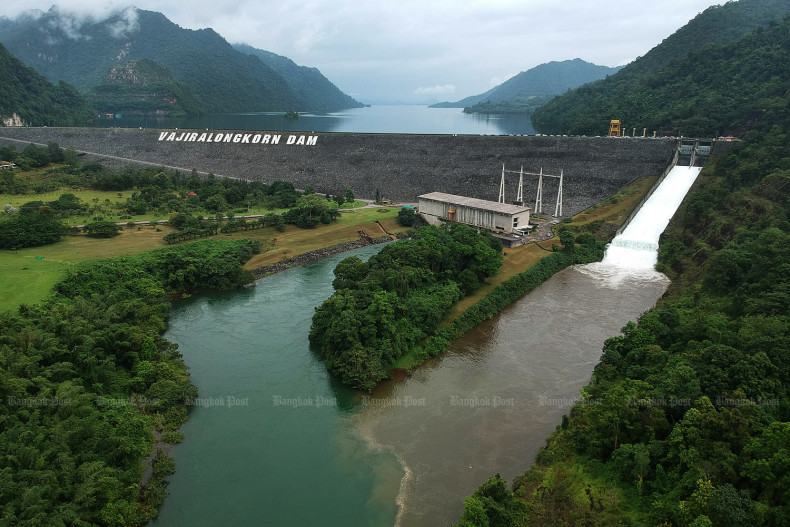 Thailand’s Royal Irrigation Department must change ways
Thailand’s Royal Irrigation Department must change ways
The Royal Irrigation Department (RID) keeps trying to start new megaprojects despite the fact these schemes are often opposed by local residents.
Late last month, the Administrative Court in Chiang Mai accepted a petition from 66 plaintiffs from various communities in Chiang Mai, Mae Hong Son and Tak, that would be affected by a 170-billion-baht water diversion project along the Yuam River, which was initiated by the Prayut Chan-o-cha administration a few years ago.
They fear the Yuam River scheme, which would see water diverted from the river into Bhumibol Dam via a 62-kilometre underground pipeline, will ruin the region’s delicate ecosystem. After all, several pumping stations will be built along the pipeline — all of which will lie in ecologically-diverse areas.
The plaintiffs are asking the court to order the RID to halt the project, accusing the department of violating local participation requirements enshrined in the constitution by not including local communities in its environmental impact assessment process.
While conservationists fear the scheme will damage the region’s wildlife habitats, critics panned the decision to invite Chinese investors in the strategic scheme. What would happen if the government defaults on its obligations to the Chinese investors? Would they be allowed to just turn off the taps? They also questioned whether it makes economic sense to build such an expensive underground tunnel.
Despite mounting criticism over the scheme, the RID seems to have not learnt its lesson. This month, the department launched a 12-billion-baht tunnel scheme that will divert water from the Sri Nakarin Dam to feed drought-stricken areas in rural Kanchanaburi.
The project, part of which would be built in Kanchanaburi’s Salak Phra Wildlife Sanctuary, has already attracted criticism from various groups. A crucial Class A watershed, any construction in the area is forbidden by law.
Over the past three decades, many similar projects have been shelved over environmental concerns.
For instance, the controversial Kang Su Ten reservoir project in Sukhothai was opposed by local villagers in Sa-ieb district over fears the dam would destroy the area’s timber and other resources.
The RID, whose officials have been barred from entering the site since the 1990s, said local villagers were poorly informed and anti-development. No matter what the actual cause is, the pattern shows the RID continues to use its old tricks to push development projects.
But the problem is not just about the environment or local participation. Experts are questioning the cost-effectiveness of these water megaprojects.
Respected experts in the field, including Assoc Prof Sucharit Koontanukulvong, a lecturer at Chulalongkorn University’s Department of Water Resources Engineering, said an underground water tunnel is only economically viable if the water is used for heavy industries, as they can be used to generate more added value. He also warned of a 30% water loss rate in long tunnels.
It is about time the RID adjusts the way it develops and promotes infrastructure projects.
Top-down decision-making is no longer suited to the realities of the present. Local communities need to have more say in deciding which projects are undertaken in their neighbourhoods.
Without the necessary adjustments, equitable water distribution across the country will only be a pipe dream.
Source: https://www.bangkokpost.com/opinion/opinion/2747163


